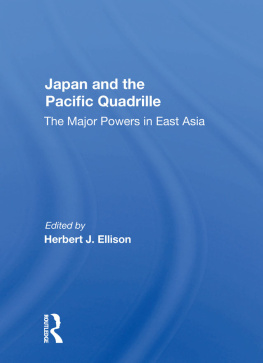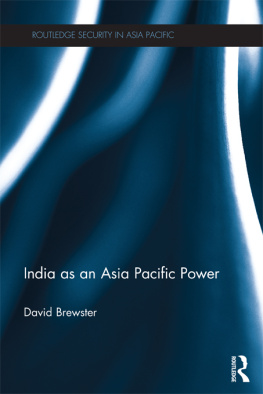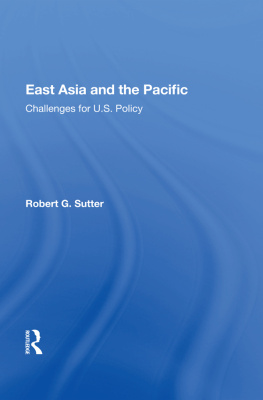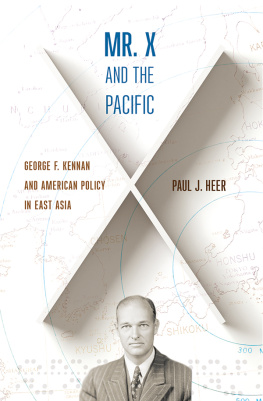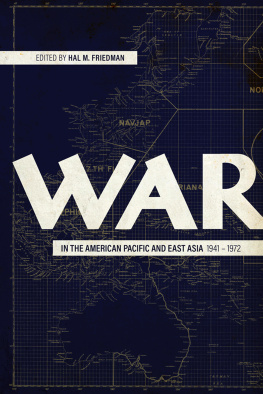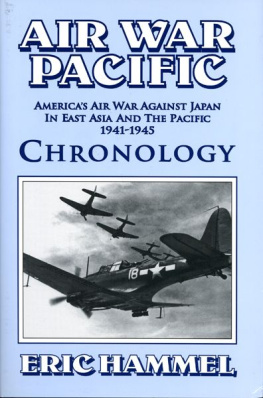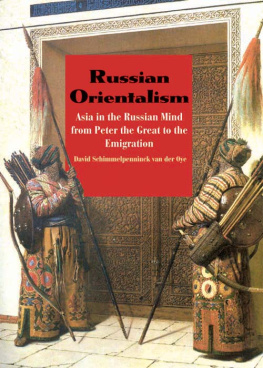First Published in 2001
by Curzon Press
This edition published 2012 by Routledge
2 Park Square, Milton Park, Abingdon, Oxfordshire OX14 4RN
711 Third Avenue, New York, NY 10017
Routledge is an imprint of the Taylor & Francis Group, an informa business
Editorial Matter 2001 Michael J. Bradshaw
Typeset in Baskerville by LaserScript Ltd, Mitcham, Surrey
All rights reserved. No part of this book may be reprinted or reproduced or utilised in any form or by any electronic, mechanical, or other means, now known or hereafter invented, including photocopying and recording, or in any information storage or retrieval system, without permission in writing from the publishers.
British Library Cataloguing in Publication Data
A catalogue record of this book is available from the British Library
Library of Congress Cataloguing in Publication Data
A catalogue record for this book has been requested
ISBN 0700714170
Preface
This book, and the project on which it is based, have been a number of years in the making. The UKs Economic and Social Research Councils Research Programme on Pacific Asia provided the research grant that underlies the project. The programme ran from 1995 to 1999. The programmes coordinator was the late Gerry Segal and it is down to his interest and enthusiasm that a project on the Russian Far East was included in the programme. The initial intent of the project was to assess whether or not the Russian Far East had the potential to develop as a resource-supplying region for the economically vibrant, but resource-poor, economies of Pacific-Asia, but more particularly Northeast Asia. The method employed involved detailed research on the regional economic development of the Russian Far East and patterns of foreign trade and investment. It also involved research visits to key potential markets in the form of Japan, Korea and China (the latter being conducted by David Kerr). Finally, the projects assessed the attitudes of possible competitors, principally the Pacific Northwest of the US and Australia. Much of the research from the outside looking in benefited from cooperation with scholars and institutions in those countries. Some of those people have contributed to this book. The project also benefited from a team of post-doctoral research fellows based at the School of Geography at the University of Birmingham. Nick Lynn worked on the initial assessment of the prospects for resource-based development in the Russian Far East. Rahul Moogdal continued this work, focusing on the mining industry and Russian Far East-Japan economic relations. Finally, Warwick Murray conducted an analysis of patterns of production and trade in the resource industries of the Asia-Pacific Region. I thank them for their contributions. I would also like to thank all of my colleagues from the project team who have written chapters for this book. We worked together through difficult times, the Asian Financial Crisis, then the Russian Financial Crisis. A project seminar took place in September 1998 at the Royal Institute of International Affairs in London. Thanks are due to our host Dr Roy Allison of the Russia and Eurasia Programme at Chatham house. This seminar proved an invaluable opportunity to take stock of the situation.
Various chapters underwent constant revision as the economic and political landscape changed. Many of the authors faced the additional challenge of writing in a language that was not their native tongue. I thank them for that endeavour and hope that they are not too alarmed with the editorial changes that I have made. Because of the geographical spread of the contributors, I chose to exercise a rather dictatorial and highly centralised approach to the production process. Any errors and oversights that remain are the responsibility of the Editor. The complexity of the manuscript and the fact that the books topic has been a moving target proved a challenge when finding a publisher. I am indebted to Malcom Campell and Peter Sowden at Curzon Press Ltd for taking on the project. I would also like to thank David McCarthy and his colleagues at Laserscript for handling the manuscript. I hope that all involved in the project will agree that the book has been worth the wait. Much has been published on political aspects of the Russian Far East and its relationships with its neighbours, but very little has been said about the economic dimensions of this relationship. After ten years of economic transition, this book serves as a benchmark of the situation in the Russian Far East and the problems that have left its potential unfulfilled. Lastly, but by no means least, I would like to thank Sally for her constant support.
Mike Bradshaw
Leicester
January 2001
Contributors
Professor Michael Bradshaw, Department of Geography, University of Leicester, UK.
Timothy Heleniak, The World Bank, Washington D.C., US.
Dr Vladimir Ivanov, Economic Research Institute for Northeast Asia, Niigata, Japan.
David Kerr, Institute of Central and East European Studies, University of Glasgow, Scotland, UK.
Dr Chung-Bae Lee, Department of Foreign Trade, Chung-Ang University, Seoul, South Korea.
Dr Nicholas Lynn, Department of Geography, University of Edinburgh, UK.
David Lockwood, Flinders University of South Australia, Australia.
Dr Elisa Miller, President, Russian Far East Advisory Group LLC, Seattle, US.
Professor Pavel Minakir, Director, Institute of Economics, Khabarovsk, Russia.
Professor Robert North, Department of Geography, University of British Columbia, Vancouver, Canada.
Professor Kazuo Ogawa, Director General, Japan Association for Trade with Russia and Central-Eastern Europe, Tokyo, Japan.
Dr Keun-Wook Paik, The Royal Institute of International Affairs, London, UK.
Professor Judith Thornton, Department of Economics, University of Washington, Seattle, US.
Dr Vladimir Tikomirov, Contemporary European Research Centre, University of Melbourne, Victoria, Australia.
Dr Tamara Troyakova, Institute of History, Vladivostok, Russia.










